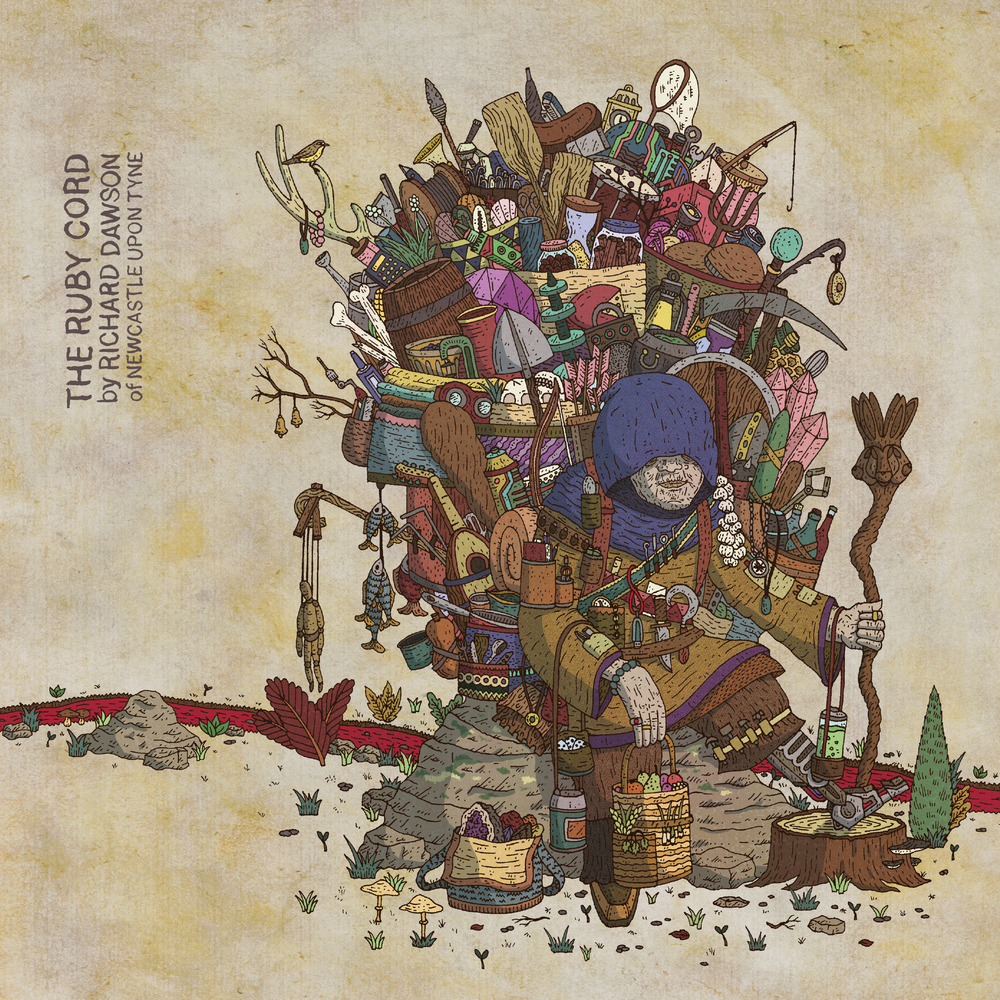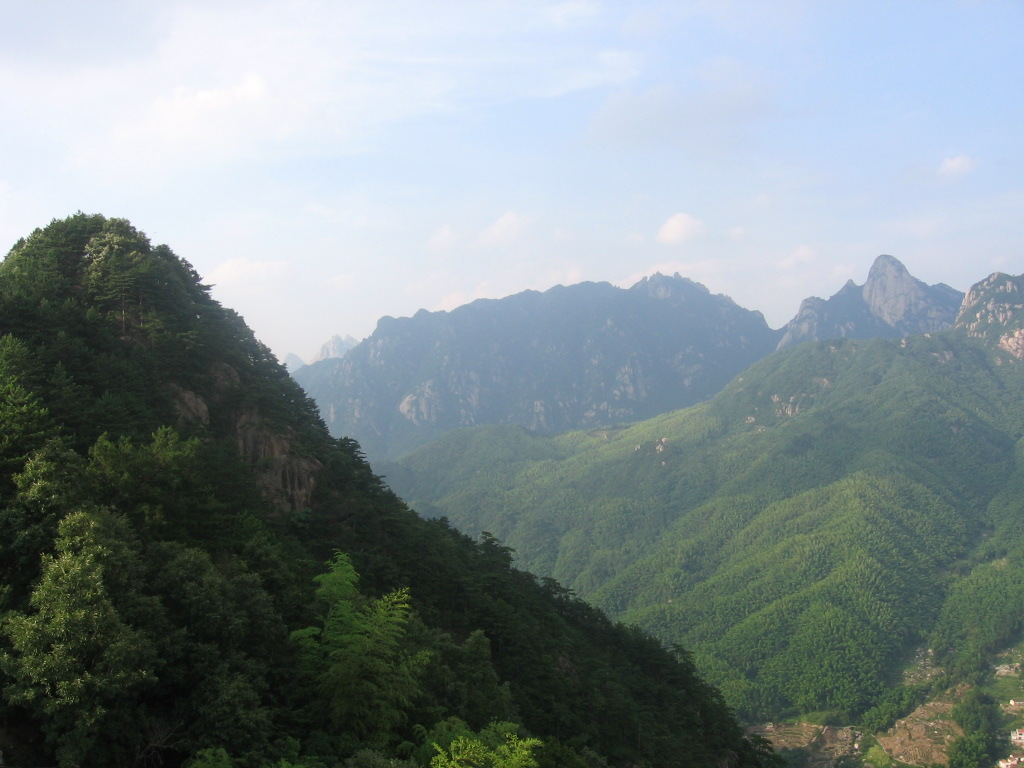A collection of recent items on unconventional hikikomori, : female, aging, and not necessarily from Japan.
From Japanese news site Mainichi: “‘Not alone’: Growing number of middle-aged female ‘hikikomori’ shut-ins in Japan.”
URL: https://mainichi.jp/english/articles/20230815/p2a/00m/0na/003000c
From Japan News:”Older,Female, and Hikkikomori: Japan’s Newly Precarious Population.”
URL: https://japannews.yomiuri.co.jp/editorial/cultural-viewpoints/20230518-110226/
From Financial Express (Bangladesh): “Why thousands of Japanese stay isolated from the society?”
URL: https://thefinancialexpress.com.bd/lifestyle/culture/why-thousands-of-japanese-stay-isolated-from-the-society
From BBC: “Hikikomori: Why S Korea is paying young recluses to leave home.” From the article:
“A growing number of young South Koreans are choosing to isolate themselves, withdrawing fully from a society that exacts a high price for failing to conform to expectations.
“These recluses are known as hikikomori, a term first coined in Japan in the 1990s to describe severe social withdrawal amongst adolescents and young adults.
“In South Korea, which is battling the world’s lowest fertility rate and declining productivity, this has become a serious concern. So much so that authorities are offering young recluses who meet a certain income threshold a monthly stipend to coax them out of their homes.”
URL: https://www.bbc.com/news/world-asia-65554271
From Newsweek magazine: “The South Koreans Who Won’t Leave Their Rooms.”
URL: https://www.newsweek.com/south-korea-reclusive-youths-acute-social-withdrawal-isolation-1797787



